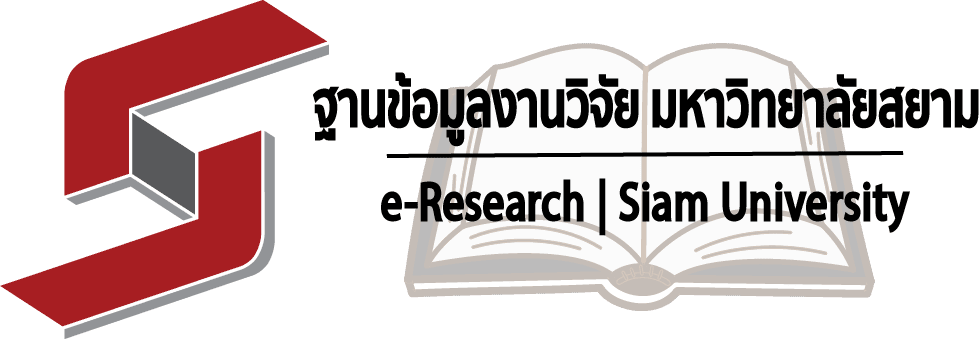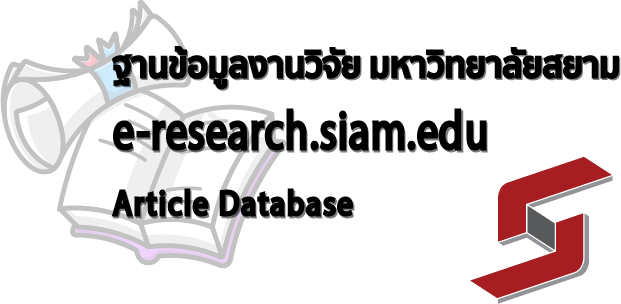- KB Home
- หลักสูตรปริญญาตรี|Bachelor Degree
- คณะวิทยาศาสตร์
- -สาขาวิชาเทคโนโลยีการอาหาร
- Numerical Investigation of Conventional and Ultrasound-Assisted Aqueous Extraction of Caffeine from Whole Green Robusta Coffee Beans: Extraction Enhancement via Changing of Extraction Water
| Title: | Numerical Investigation of Conventional and Ultrasound-Assisted Aqueous Extraction of Caffeine from Whole Green Robusta Coffee Beans: Extraction Enhancement via Changing of Extraction Water |
| Researcher: | Kuson Bawornruttanaboonya, Nathamol Chindapan and Sakamon Devahastin |
| Degree: | Bachelor of Science Program in Food Industry Technology |
| Major: | B.S. (Food Industry Technology) |
| Faculty of study: | Science |
| Academic year: | 2567 (2024) |
| Published: | Foods 2025, 14(11), 1956; https://doi.org/10.3390/foods14111956 |
Abstract
To enhance the low-efficiency but potentially health and environmentally friendly aqueous decaffeination process, ultrasound-assisted aqueous extraction (UAAE) has recently been proposed. A novel concept of intermittent extraction water change to further enhance UAAE has also been mentioned, but not yet studied in detail. For this reason, a mathematical model that can be used to predict the concentration evolutions of caffeine during UAAE and conventional aqueous extraction (CAE) of whole green robusta coffee beans is herein proposed. The model consists of terms representing transient intra-bean caffeine and water diffusion as well as molar fluxes of caffeine and water on the bean surface. After validation, the model was used to investigate the effects of extraction temperature, bean-to-water mass ratio and frequency of extraction water change on caffeine concentration evolutions. Simulation results show that UAAE exhibits around 10% higher caffeine removal rates than CAE at all investigated conditions. Extraction temperature of 70 °C, bean-to-water ratio of 1:3, and extraction water change at every 1 h interval are noted as the most appropriate conditions for UAAE. The required extraction durations of UAAE under these conditions are 13 h and 24 h to meet the US and European Union standards, respectively.
Keywords: decaffeinated coffee, mass transfer, mathematical modeling, moisture content, process intensification, sonication
ผศ. ดร.ณฐมล จินดาพรรณ – Asst. Prof. Dr. Nathamol Chindapan. 2567 (2024). Numerical Investigation of Conventional and Ultrasound-Assisted Aqueous Extraction of Caffeine from Whole Green Robusta Coffee Beans: Extraction Enhancement via Changing of Extraction Water. บทความ (Paper). วิทยาศาสตร์และเทคโนโลยี|Science and Technology. วิทยาศาสตร์ (Science). วิทยาศาสตรบัณฑิต สาขาวิชาเทคโนโลยีอุตสาหกรรมอาหาร – Bachelor of Science Program in Food Industry Technology. วท.บ. (เทคโนโลยีอุตสาหกรรมอาหาร) – B.S. (Food Industry Technology). Bangkok: Siam University


